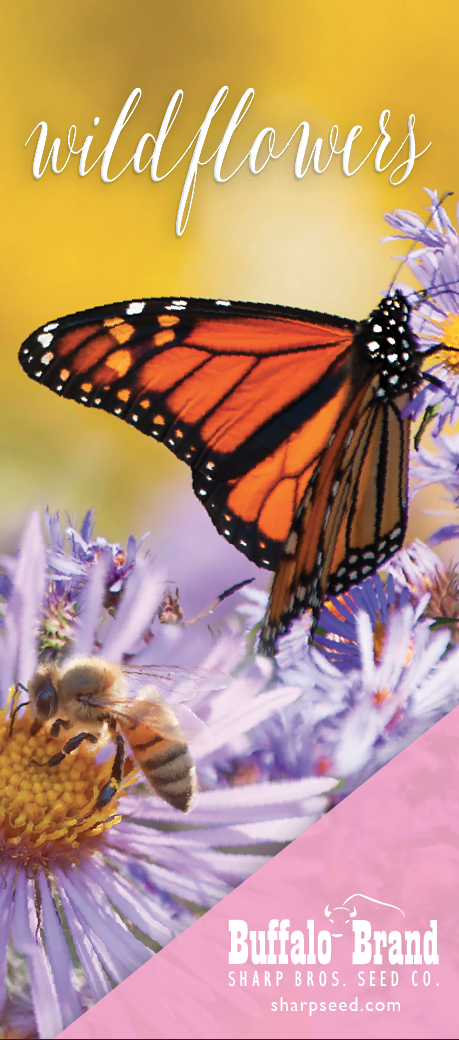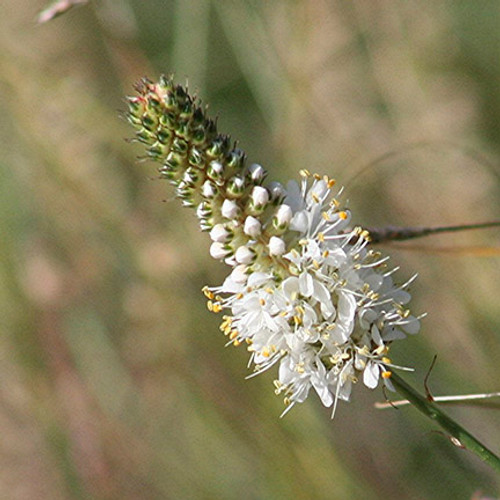-


Upright Prairie Coneflower (Mexican Hat)
Upright prairie coneflower (Mexican Hat) is a native, drought-tolerant wildflower of the Great Plains that is commonly found from south central Canada to northern Mexico, and west from Manitoba and Minnesota to southeastern Idaho. It prefers to grow in...
-


White Prairie Clover is a member of the legume family and is known for its tall, slender, showy upright clump habit, with fine textured green leaves that are larger than the purple prairie clover. The showy clusters of white flowers appear like...
-

Common yarrow is a perennial herb that produces one to several stems (8 to 16 inches tall) from a fibrous underground horizontal rootstock (rhizome). It is known to be both native and introduced. Leaves are evenly distributed along the stem, with the...





